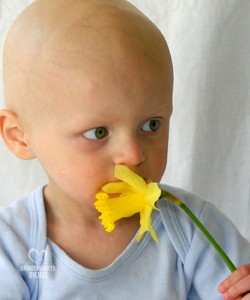Abstract
Background
Childhood cancer survivors can have a high burden of chronic conditions related to cancer treatment, some of which are debilitating or potentially life-threatening. Much remains to be learned about late effects in bone and soft tissue sarcoma survivors.
Procedures
The Utah Cancer Registry was used to identify survivors of bone (N = 71) and soft tissue sarcomas (N = 98) who were diagnosed at ages 0–20 years between 1973 and 2007 and were alive at least 5 years after diagnosis. We selected an age–sex-matched comparison cohort (N = 934). Hospitalizations from 1996 to 2012 were extracted from the Utah Department of Health statewide inpatient hospitalization discharge records. Cox, Poisson, and Gamma regressions were used to evaluate the risk of hospitalization, rate of admission, and length of stay for survivors versus the comparison cohort. Primary ICD-9 codes defined the most common reasons for hospitalizations.
Results
The hazard ratio (HR) of any hospitalization was higher for survivors in reference to the comparison cohort (HR = 2.12, 95% confidence interval [CI] 1.51–2.97). Survivors experienced more hospital admissions (rate ratio [RR] = 4.58, 95% CI 3.92–5.35) and longer length of stay (RR = 1.28, 95% CI 1.12–1.46) compared with the comparison cohort. Survivors treated with any chemotherapy were at three-fold higher risk (HR = 3.37, 95% CI 1.94–5.83) of hospitalization compared with survivors who received surgery and/or radiation alone. Among hospitalized survivors, the most common reason was injury for bone tumor (26.8%) and neoplasm for soft tissue sarcoma (12.2%).
Conclusion
Childhood survivors of bone tumor and soft tissue sarcoma face ongoing risk of hospitalization for years after diagnosis.
Source: Long-term survivors of childhood bone and soft tissue sarcomas are at risk of hospitalization


